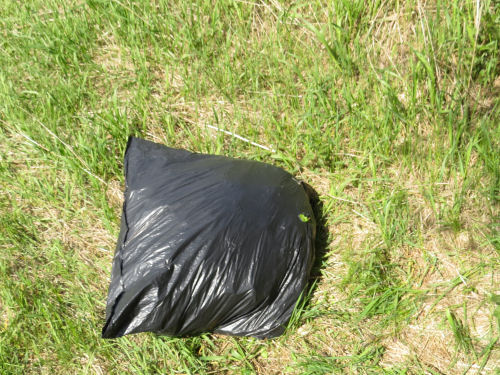Lots of people have been posting pictures on Facebook of Garlic Mustard, Alliaria petiolata, which is a relative of all the wild mustards. It's native to Europe and Asia and has been used as a spice, salad herb, medicinal plant and to make sauces throughout history. But it's a really, really bad plant in this country. It will spread like wildfire and take over any plot of ground where it gets a foothold, crowding out everything else.
Well, I'm sorry to tell you that I've been ignoring a patch of it on my property. Now, I have to pay attention.

It's particularly difficult to eradicate. The insects and fungi that control it in native countries are not found in the U.S. If you break the plants they just grow a new flowering stalk. If you pull them up and leave them to die, they will continue to mature from the nutrients stored in the root and go to seed right where you left them. They really need to be pulled up and burned or put in a landfill. If you compost them... they will just grow back. Not enough heat is generated in a compost pile to kill the seeds.
Yesterday, I pulled one garbage bag full. As you can see, I barely made a dent. Since it rained all day today, it should be safe to burn some stuff tomorrow.


I'll do another post about this plant, and show a closeup of the leaves and flowers. It's easy to identify because of the strong scent of garlic if you break the leaves.
In other news: I set up an online store so that people have yet another option to buy my books for those who don't use PayPal or don't want to send me a check. Then I played on the next puzzle. It's hard! I was ready for a hard one.
 | See Yet Another Lovely Invasive |
1 comment:
I don't think I've ever seen garlic mustard before or if I have just didn't know what it was.
Post a Comment